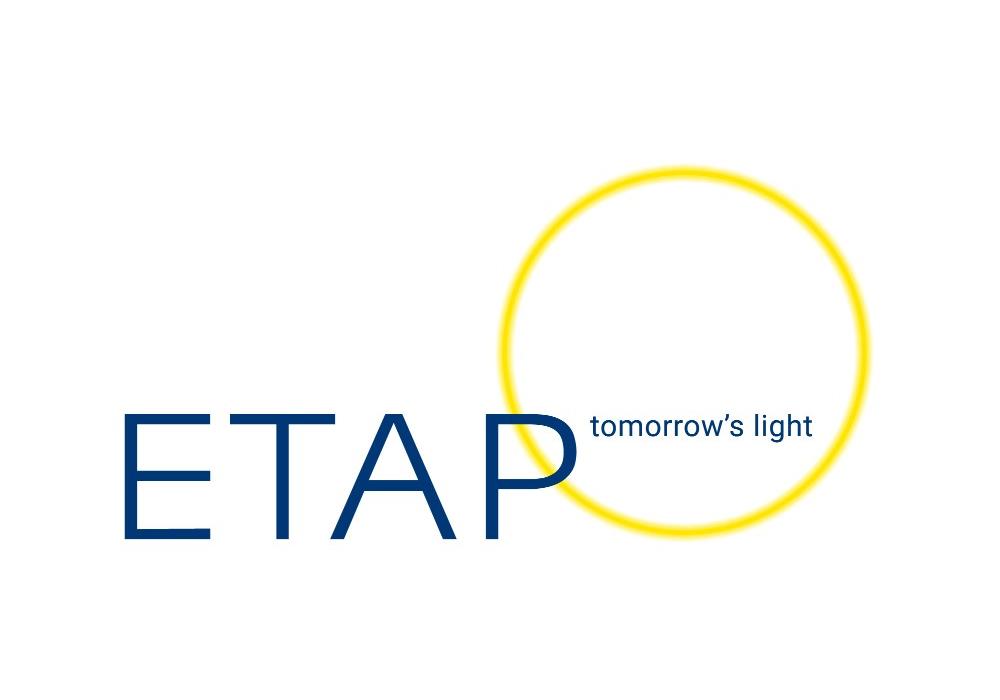Circular Economy is a hot topic when it comes to the industry and is prevalent in the lighting industry in particular. As we become more aware of the consequences of our lighting choices, we become more conscious of other aspects of design such as energy efficiency and carbon footprint.
This is a production & consumption model for the lighting industry to reuse, repair, refurbish and recycle existing materials and products for as long as possible. This in turn will extend the functional life cycle of products and results in reducing overall waste, both physical and carbon. This model leads to quality products with effective design, replaceable components and renovation modules whilst decreasing the demand for raw materials for replacing lighting.
One of the best examples of the recognition of how valuable circular economy is, is the Greenstar certification. With our built environment in mind as the world’s largest contributor to CO2 emissions, the Green Building Council of Australia created a comprehensive sustainability rating system for buildings and fitouts. It has strict requirements when it reviews the impact of climate change, promoting health & quality of life, protecting ecosystems and contributing towards a sustainable economy.

ETAP Lighting has long been in the mindset of circular solutions; hence its circle logo with the strapline “tomorrow’s light”. They first started by utilizing highly energy efficient LED solutions with long life service to minimize lighting replacement. Now they are focused on providing a full product range that will be easier to service, reuse and dismantle.
Dominiek Plancke, CEO of ETAP Lighting says; “All other products will [in this way] provide our customers with a guarantee of quality, energy-efficient, circular lighting with minimum impact on our planet”. Their goal is to achieve a 55% CO2 reduction by 2025 under the Science Based Targets initiative by The Shift. Annually, ETAP invests a minimum of 7% of its turnover in research and development to create flexible and agile production facilities and methods of reducing CO2. For more information, click here for the full article on ETAP Lighting’s circular solutions.
The product ranges are easier to service with clever design, for example the E8 highbay has a triangular design, reducing the amount of dust accumulation and making it easier to clean. It also has anti-loss rings that prevent losing screws when disassembling the headpiece. The driver and light source can be easily replaced to give them a second life and the overall product consists of more than 90% recyclable aluminium.

Another example is their emergency and exit lighting range. They not only designed the ranges to have the least possible impact on the environment with lighting technology that reduces the number of luminaires required, they also use Cadmium-free batteries. ETAP Lighting instead use NiMH (Nickel-Metal Hydride) batteries which are 50% more environmentally friendly than NiCd.
The Luminaire Broker on LinkedIn provides a 22 question assessment here to “make luminaire selections based on circular economy principles”. It covers the six circular economy topics: Certification & GWP, Materials & Manufacturing, Packaging & Delivery, Flexibility & Maintenance, Monitoring and End-of-Life to determine if the lighting of choice is a circular solution.
Bluelab Design are the only Australian distributors of ETAP Lighting. Not only are we lighting providers, but lighting designers and consultants. Contact us for information and how to implement ETAP Lighting into your next project for the best circular solution that is long-lasting.


